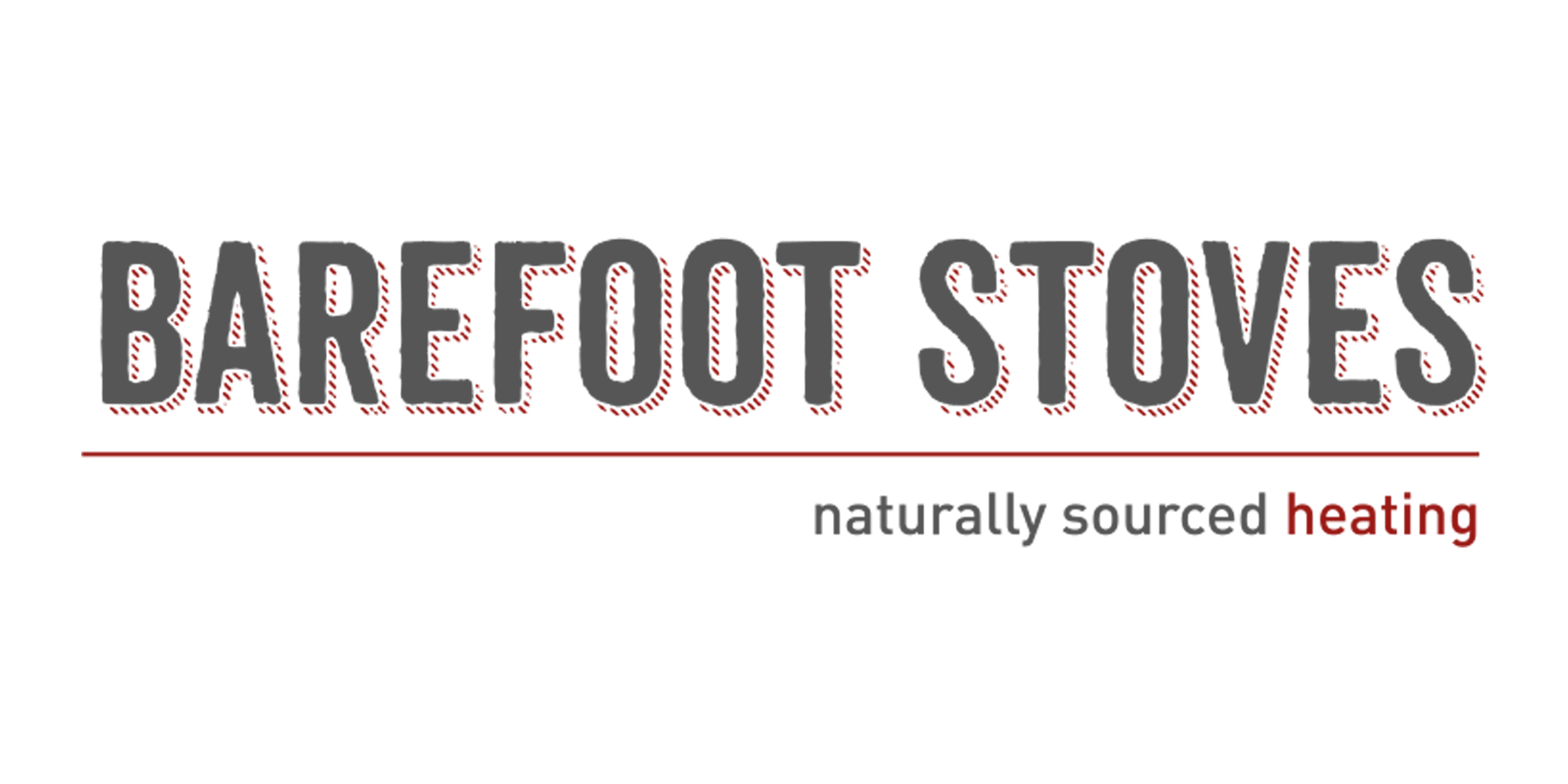Frequency Asked Questions
Why do I need to get my chimney swept?
If you have a fire associated accident directly related to your chimney and it has not been regularly serviced, most insurance companies will not cover the damage.
Regular sweeping and inspections of chimneys are essential to prevent chimney fires and reduce risk from toxic and dangerous fumes caused by blocked or defective flues.
Clean chimneys improve burning efficiency, which will save you money and help preserve the environment.
How often should I get my chimney swept?
FUEL TYPE SWEEP FREQUENCY
Coal At least twice a year
Wood Quarterly when in use
Oil Once a year
Gas Once a year
Smokeless fuels A least once a year
e.g. Briquette
Standard chimney sweep
We use a range of manual and electrical chimney sweeping rods and brushes enabling the servicing of flues and liners in all sizes.
When sweeping a chimney we will screen off the fireplace opening and use sheets to protect furniture and carpet nearby. The soot and dust debris that falls behind the screen is then vacuumed using an industrial chimney sweeping vacuum.
Installing a wood-burning or multi-fuel stove is a major undertaking and there are only two routes to legally install an appliance into your home:
(1) Use a HETAS registered installer who is able to certify that the work complies with the relevant Building Regulations.
(2) You apply to your local authority building control department for a building notice and pay the appropriate fee (typically up to £300).
It is generally much simpler and cheaper to use a HETAS registered installer who will leave you with a Certificate of Compliance as a record of the job and that it complies with Building Regulations. A copy of the certificate is forwarded to HETAS who notify the local authority on your behalf.
Failure to notify the work through the registration scheme (in this case HETAS) or directly to the local authority can lead to enforcement. It can also cause problems for future house sales if there is no official record of a compliant installation and may invalidate your insurance if you are the unfortunate victim of a fire.
Wood burning only stoves
There are stoves out there that will burn only wood and these are often referred to as Wood Burning Only Stoves. These stoves will have a different grate enabling a combustion cycle that better suits the burning of wood increasing the stove's efficiency. When burning wood the airflow should run over the top of the fuel, with the fuel sitting in a bed of ash.
what are multi-fuel stoves?
Multi-fuel stoves are designed to burn wood, coal, smokeless fuel and peat. You must read the manufacturer's instructions on how best to set up your stove for the appropriate fuel. If you are burning coal you will need to 'riddle' the grate to clear the airways allowing air to flow from underneath the fire for efficient burning. If you are burning wood on a multi-fuel stove it is advised that you let the ash build up and close the air controls limiting the amount of air drawn in from underneath the fuel bed. Multi-fuel stoves will be equipped with an ash pan for emptying the ash regularly.
what flue system will i require?
Getting the right chimney system for your stove is essential to ensure your flue system is safe, reliable and efficient. To ensure all gases are taken up the flue system, a draw of air will be required to extract it. Not all chimneys draw effectively enough to enable your stove to burn fuel and extract gases properly. Therefore it is required to make your flue system suitable to your installation and to give the best results when your stove is installed.
What are CE ratings?
All stoves sold in the UK must be CE approved. All stoves sold by The Greener Company are CE approved.
